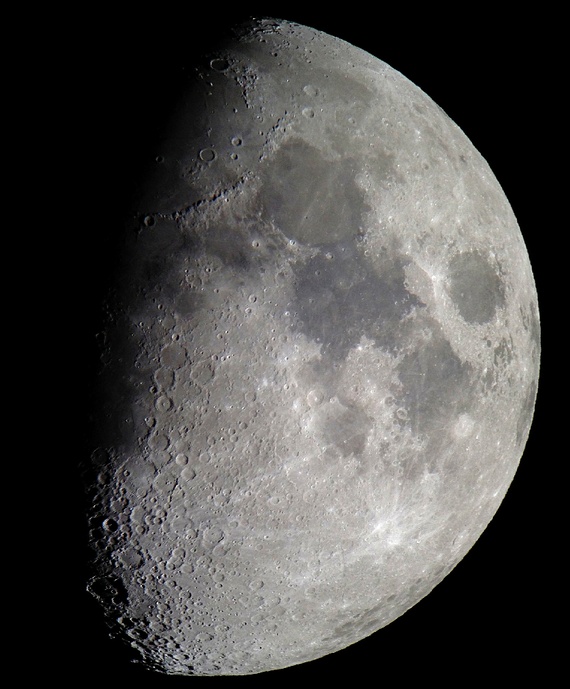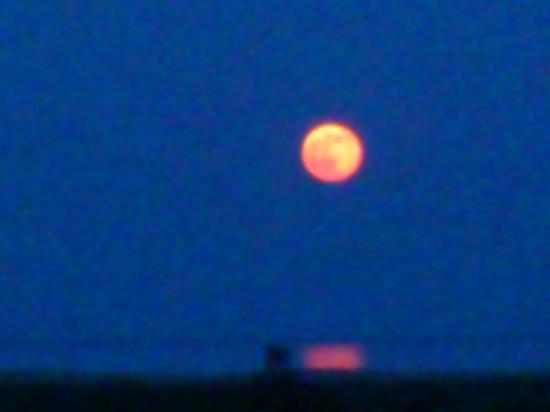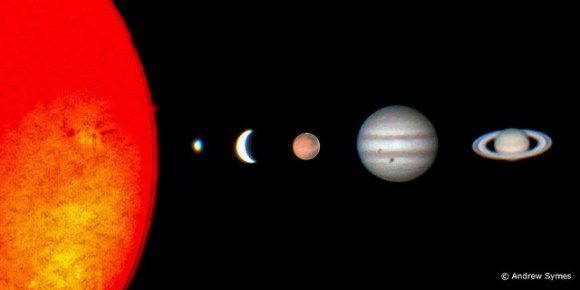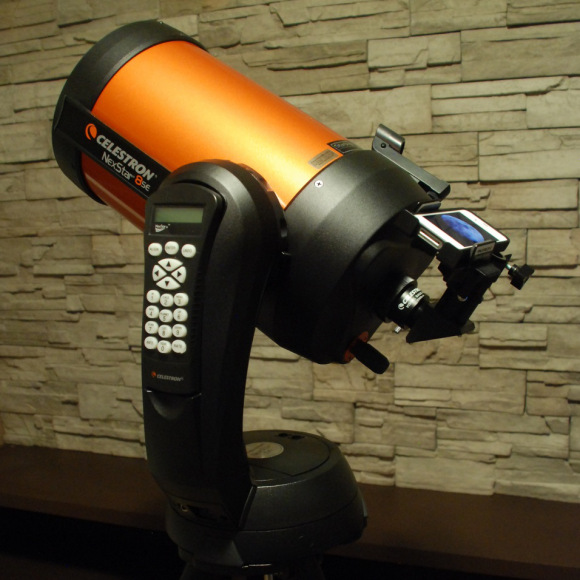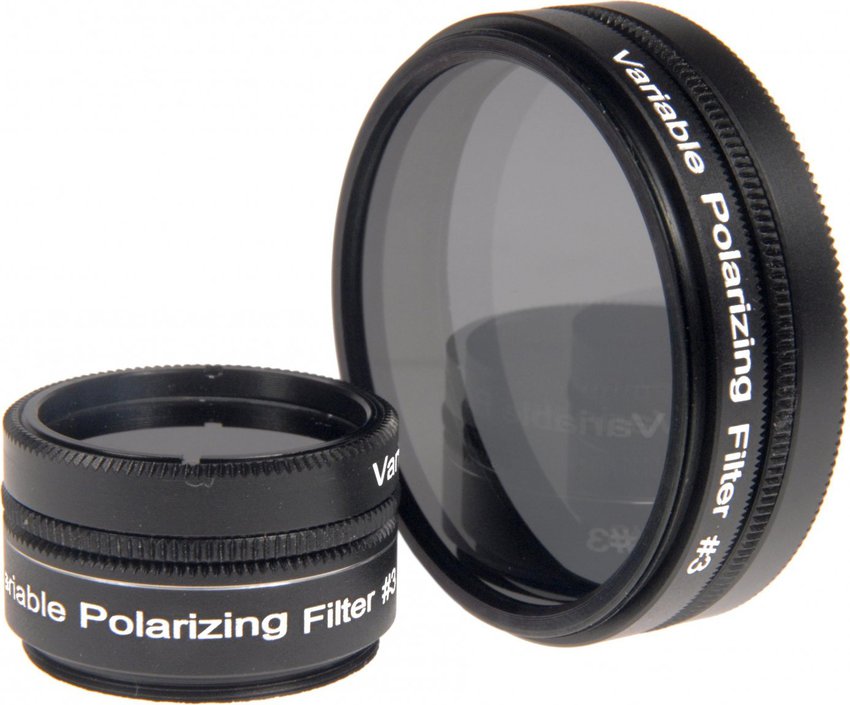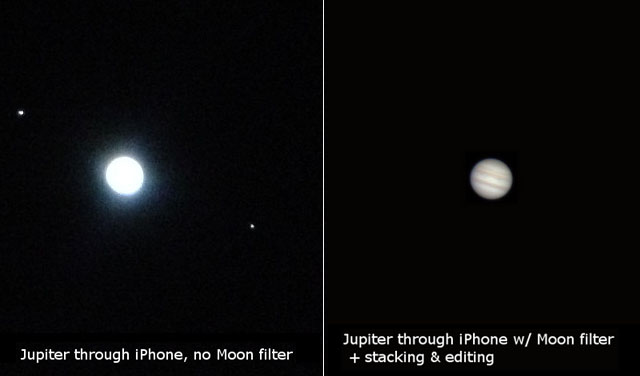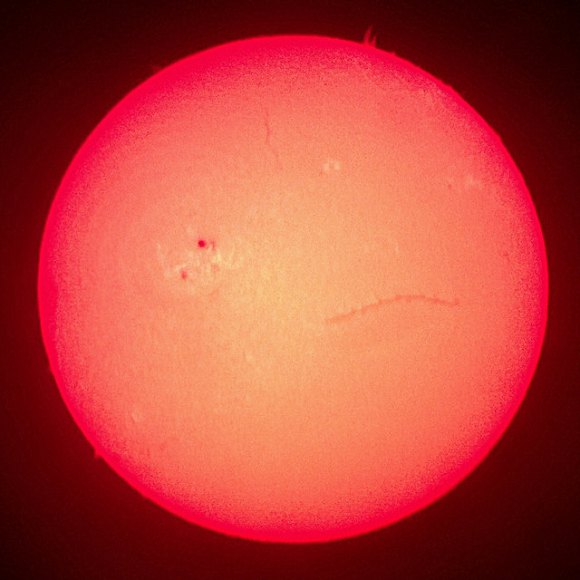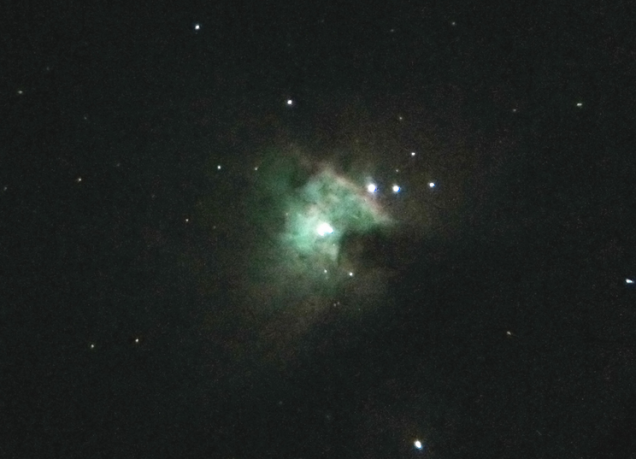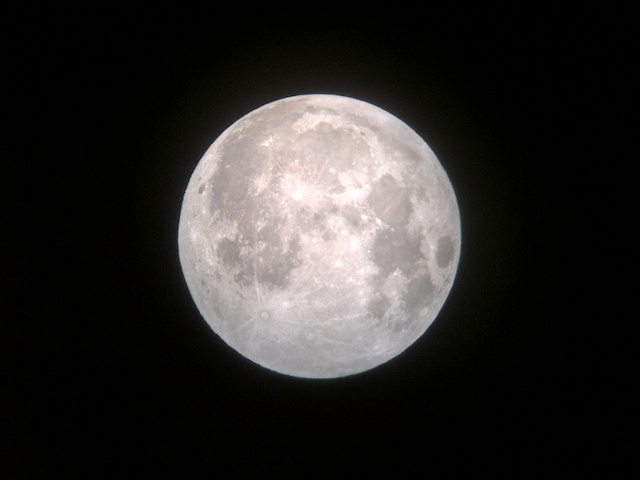How To Take Truly Killer Shots Of The Moon Using Your Smartphone
The night of 5 March will have this year's smallest full moon. And a lot of people will want to capture it. In the 37th Tech Tuesday column, we take a look at how you can take killer shots of the moon and what will the entire process take.
This photo of the moon is taken with an iPhone. However, if you have tried photographing the moon with an iPhone, you would know it DOES NOT look like the moon you see here. No, Sir!
That killer shot of the moon was taken by Andrew Symes
Andrew is a Canadian astronomer who has mastered astronomical iPhone photography. According to Universe Today, he ventures out into the chilly nights frequent to his native of Ottawa, Canada to practice his craft, as he observes in temperatures that would drop a Tauntaun.
Eager to start photographing the night sky?
As Andrew notes in his website, the quality of current smartphone cameras makes it possible to take very respectable images of the Moon and planets through a telescope with your phone – but it takes some work.
"While the end results may not match those taken with webcam or DSLR equipment, smartphone astrophotography can be a good starting point for budding astrophotographers."
First of all, you'll need a telescope!
You get a very reasonable starting telescope on eBay now, for as little as $50. Feel free to spend more if you wish, but bear in mind you'll need to buy eyepieces too.
 lifehacker.com
lifehacker.com
Next in the line is a smartphone adapter
The simplest way to take a photo at the telescope is to simply hold your phone’s camera up to the eyepiece, but this approach rarely produces good results. Not only is it very difficult to centre the object properly, it can be tricky to ensure that the object is well exposed.
A simple adapter will improve your smartphone astrophotography immensely. An adapter will help you centre an object in the phone’s viewscreen, steady the camera, and ensure proper focus and exposure.
A handful of companies are now producing adapters, including Orion whose adapter for iPhone 4s (no longer available) is pictured here. Orion also produces a Universal Smartphone Adapter that is said to fit most phone brands. Here’s a video of the Orion Steadypix in action to give you a sense of how an adapter is used:
You will also need eyepiece filters
While smartphone cameras have excellent resolution, they don’t yet have the manual exposure control settings needed to evenly expose the entire lunar disc or to capture subtle planetary features. To bring out such detail, you’ll need to use eyepiece filters such as a Moon filter and/or a coloured filter to reduce the object’s brightness in the eyepiece.
It’s a good idea to have a range of filters at your disposal as the magnification you’re using – and the magnitude of the object itself – will determine how bright or dim the object will appear to the camera. A nearly-full Moon through a low-powered eyepiece will require a dark filter, while a crescent Moon at dusk may not require a filter at all.
"When photographing a planet like Jupiter, an eyepiece filter will help you to image features on the disc. Without a filter, a smartphone will capture Jupiter as a bright, over-exposed blob," writes Andrew.
With a Moon filter, you can reduce the brightness of Jupiter’s disc and bring out important detail. In the example above, the addition of a 13% Transmission Moon filter to the eyepiece eliminated the light from the Galilean moons, but allowed Jupiter’s cloud belts to pop into view.
At high magnification, it’s sometimes possible to use a filter that allows more light transmission (such as a coloured filter) to image a planet. Below is an image of Saturn taken with a #80A Blue filter. While this filter gives Saturn an unnaturally blue hue, it brings out ring and cloud detail that would not be visible through an unfiltered shot. It also delivers a brighter view than would be obtained using a Moon filter.
Lastly, you'll be needing a lot of practice!
As with most astronomical pursuits, your skills will improve with practice. Don’t be disappointed if your first images don’t match those you see online. Experiment with different eyepieces, filters, and software and understand that the image quality is only partially in your hands. Your success will also depend on the degree of atmospheric turbulence or “seeing” at the time you’re taking your images. The same techniques might produce dramatically better (or worse!) results from one night to the next.
In summary, if you use an 8" telescope, the NightCap app for iPhone, a smartphone adapter, eyepiece filters, some stacking and editing software, and good practice, you can obtain a high-quality image of the Orion Nebula. A photo taken by Andrew.
Single frame of the Orion Nebula taken with the NightCap app and brightened using the Camera+ app.
Image via kinja-img.com"No stacking was required to record the colour and detail found in this nebula. I simply brightened the original image with the Camera+ app."
petapixel.com"Since I focus mainly on the Moon, planets, and Sun, I wasn't expecting to obtain this much detail and color in a "deep space" object more than 1300 light years away. The stars in the shot also make it visually interesting, I think."
So are you ready for the full moon on 5 March? This is the only night in the month when the moon is in the sky all night long. The moon of 5 March will be the smallest full moon of 2015.
This photo was taken with the iPhone 4 on the 3" telescope using the iOS Camera app, afocal at 40X.
Image via weasner.com